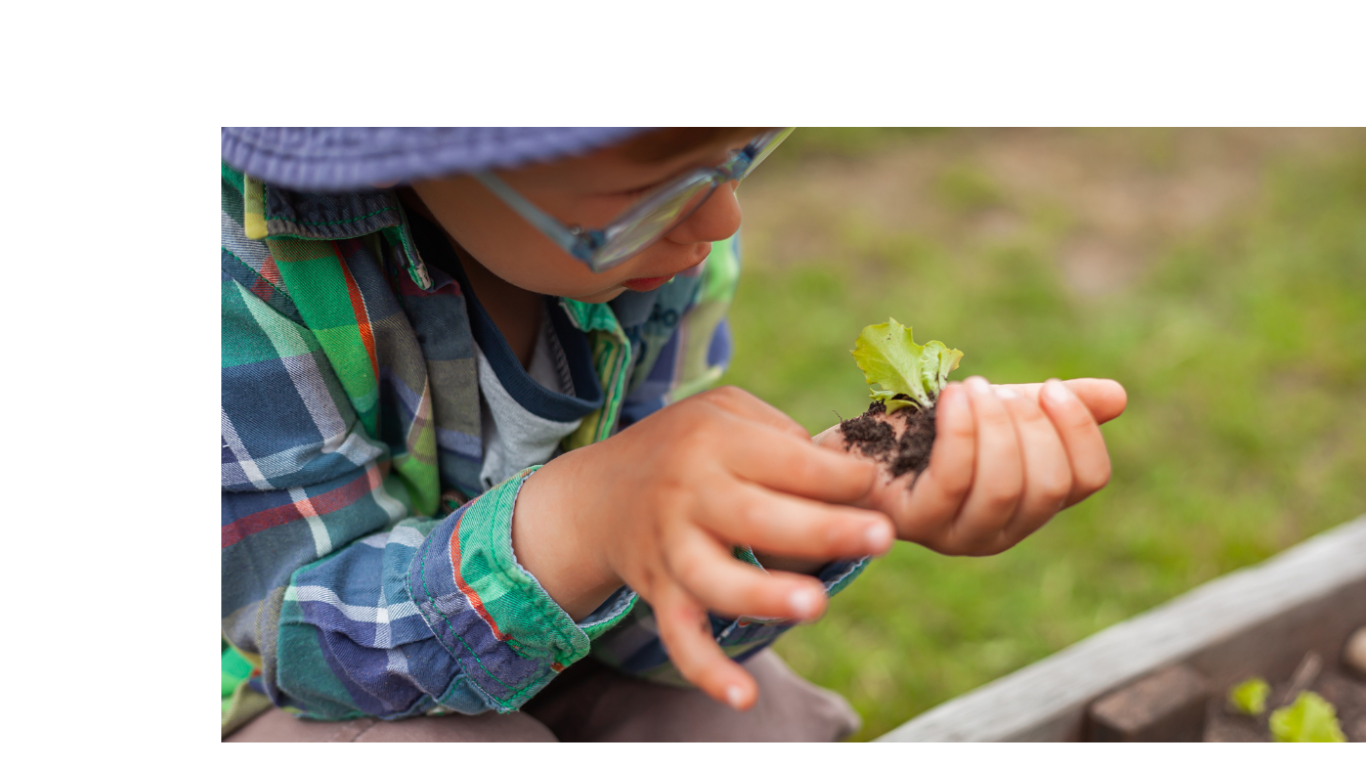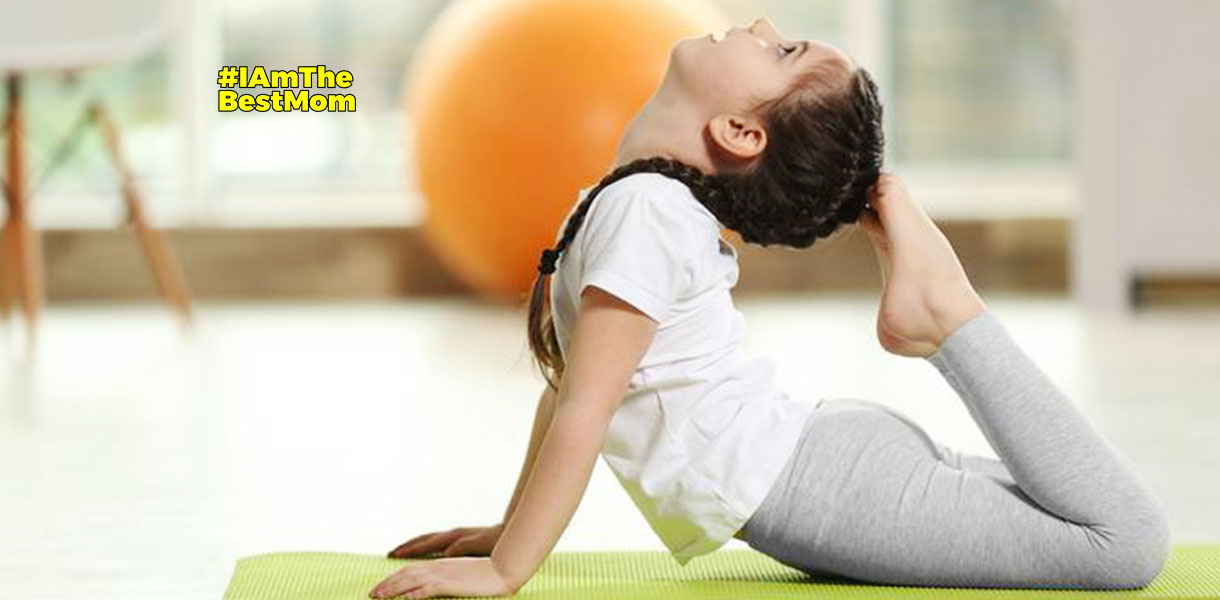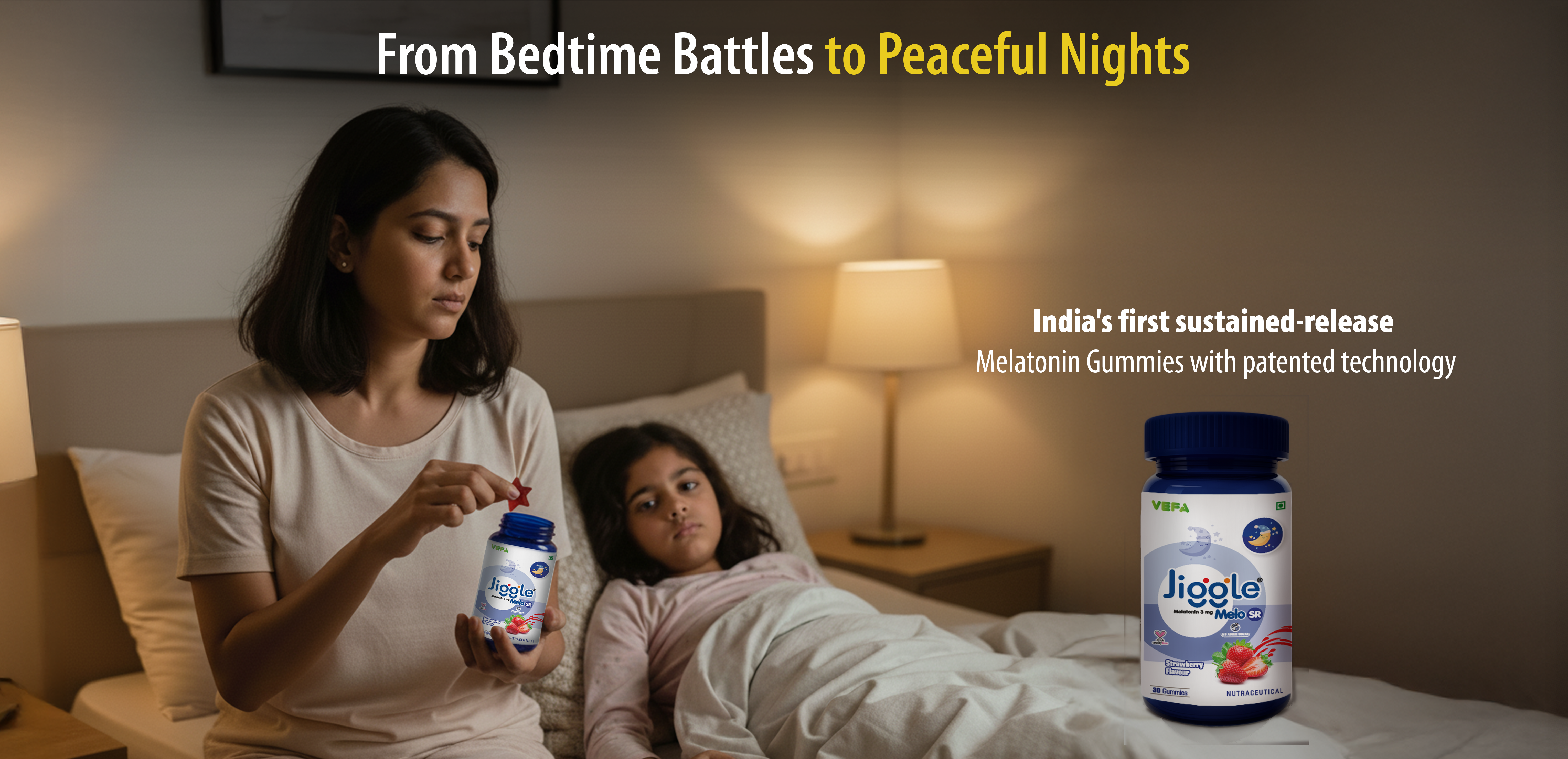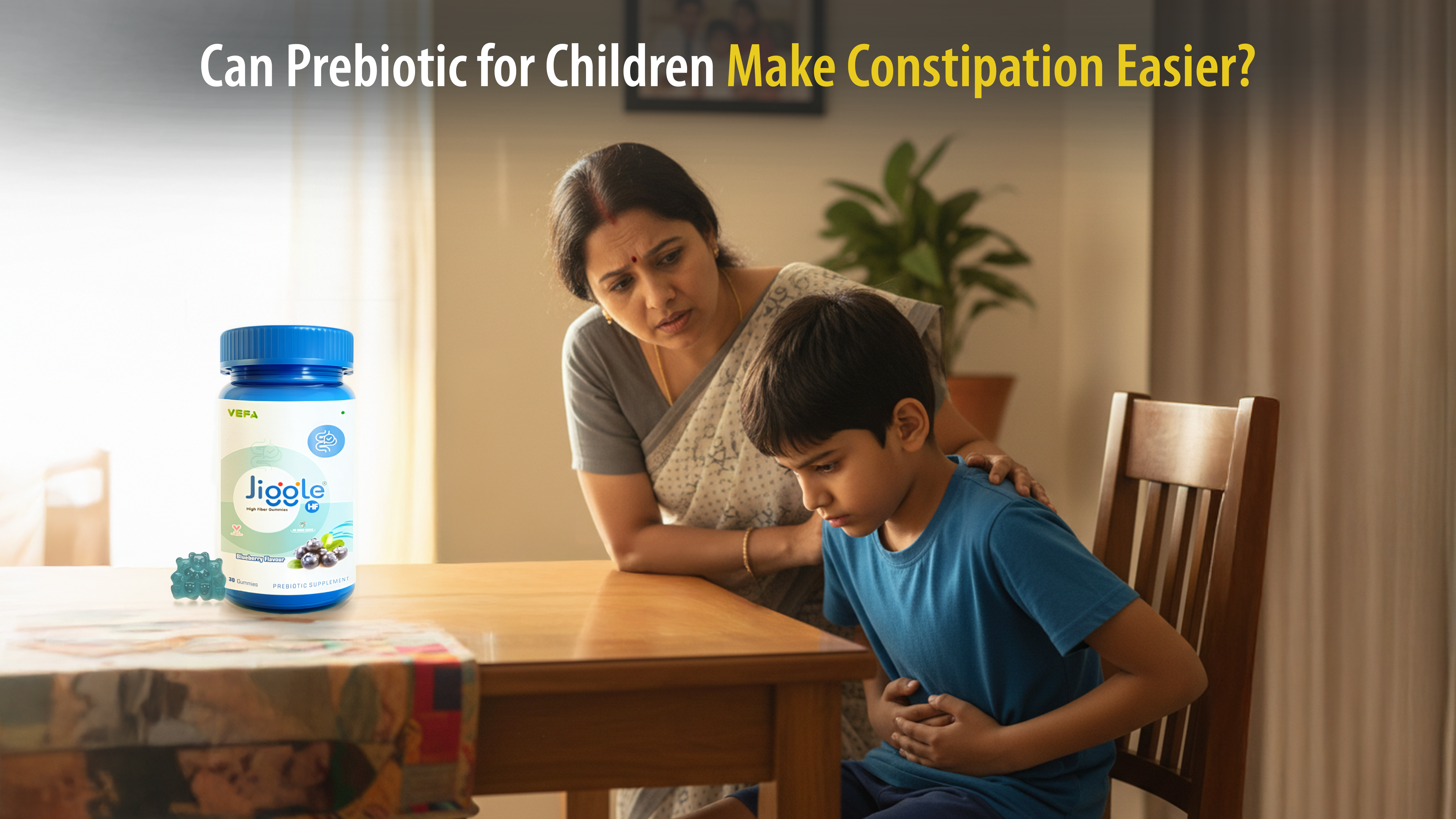
Promoting Natural Development: Allowing Children to Explore and Learn
The period when a child begins to cruise by holding onto furniture is an exciting time for parents. It's a milestone that indicates their growing mobility and independence. During this phase, it is important to create an environment that encourages natural development and learning without relying on walkers or excessive support. Let's explore why giving children the time and space to walk on their own is beneficial and how you can facilitate their learning activities.
Walking is a significant milestone in a child's life, and it typically occurs around the age of 1 year. However, it's important to remember that each child develops at their own pace. Rushing the process can have unintended consequences for their muscle development and overall well-being. Instead, providing a supportive and encouraging environment will allow them to build the necessary strength and coordination to walk independently.
Giving children the opportunity to walk on their own helps strengthen their muscles and develop balance and coordination. Cruising along furniture allows them to practice weight shifting and gradually build the confidence to take those first steps. It's a natural progression that allows their muscles and bones to grow and adapt at their own pace.
Avoiding the use of walkers or excessive support is essential because they can hinder a child's natural development. Walkers, in particular, limit a child's mobility and restrict their ability to explore their surroundings fully. Research has shown that the prolonged use of walkers may delay certain motor skills and even pose safety risks.
Instead, focus on creating a safe and stimulating environment for your child to explore. Here are some learning activities you can incorporate:
Create a safe play area: Clear a designated space in your home where your child can freely move around and explore. Remove any potential hazards and ensure that the area is safe and child-friendly.
Offer age-appropriate toys: Provide toys that encourage crawling, reaching, and grasping. Interactive toys with different textures, shapes, and sounds can stimulate their senses and promote fine motor skills development.
Engage in interactive play: Spend quality time with your child and engage in activities that promote physical development. Encourage them to crawl, reach for objects, and explore their environment. Join them on the floor and play together, fostering a sense of connection and shared experiences.
Allow independent exploration: Resist the urge to constantly guide or direct your child's movements. Let them explore and discover their surroundings at their own pace. This promotes problem-solving skills, curiosity, and independence.
Celebrate every milestone: Acknowledge and celebrate each accomplishment, no matter how small. This positive reinforcement boosts their confidence and motivates them to continue exploring and learning.
Remember, good habits are cultivated from early childhood. By creating an environment that supports natural development, you are laying the foundation for a lifetime of healthy habits and independent learning. Embrace the joy of watching your child explore, discover, and grow, and be their biggest cheerleader every step of the way.
Written by -
Dr. Anuj Rastogi
M.D. (Neonatal-Pediatrician)








